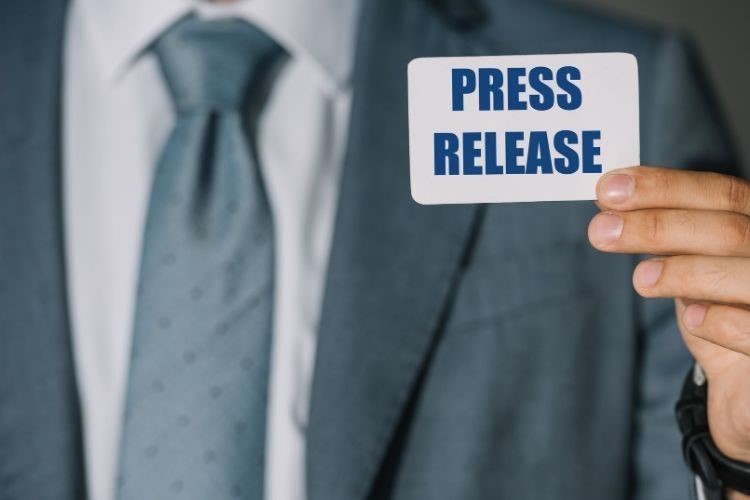
Press releases have always played a key role in most companies' promo strategies. While they aren't as effective as they were a few years back from an SEO perspective, they continue to help businesses disseminate essential information, and thus spread news about their achievements. Here are a few important tips that will help you write effective press releases without effort.
 Let us start with the basics: when should you send out a press release? Many companies use press releases to announce a new line of products and services, business milestones, partnerships, company events, etc. Basically, you want to write a press release when you want to announce something that's newsworthy.
Let us start with the basics: when should you send out a press release? Many companies use press releases to announce a new line of products and services, business milestones, partnerships, company events, etc. Basically, you want to write a press release when you want to announce something that's newsworthy.
Then, what should your press release include? According to https://www.prdaily.com/, you should start with a powerful headline which highlights the main news point. Then, move on with an attention-grabbing lead that keeps the readers hooked. Try to back up the information by citing authoritative, industry-related sources. Add a quote, and then end the release. Yes, it's that simple! Let's break down all these steps, putting more meat on the bones.
Any press release should include the company logo. So, make sure to place it at the top of the release. Then, add these words below it: "FOR IMMEDIATE RELEASE". Yes, you must use capital letters here.
It's time to add your headline and sub-headline, the latter being used to give more information about the headline (if needed) without repeating any of the information in it. Then, add the dateline, which includes the name of the city, state, month, day, and year, in this order.
The next section is the content body; use 4-5 paragraphs of well-written text here. The opening paragraph is essential; its goal is to make people read the next paragraph, and so on. However, the first paragraph must contain enough information to stand on its own.
There are two reasons for this: people have a limited attention span, so they may get bored. You want them to leave with something, right? And many of the sites which will syndicate your press release will only include a section of it, linking back to the source. Let us give the people who visit those third-party sites the chance to understand what your release is about.
The following paragraphs should provide more details, including one or more quotes from staff, industry experts, clients, etc. that support the main press release idea. If you can, include some of your targeted keywords in these paragraphs; they may help your release rank high in the search engines for a few weeks, attracting more visitors to your site. Only do this if those groups of words flow naturally, though; your primary goal is to have the release read by humans, not by search engines.
Then, write an "About" paragraph which will be used for all your future PRs. Use text that's similar with what you'd include in your company's social media profile, and don't forget to include a link that leads to your company's website.
Close the release by including the PR Specialist's contact information (name, email, phone number), and then end it by typing the "###" symbol on its own line, the way I did it below.
###